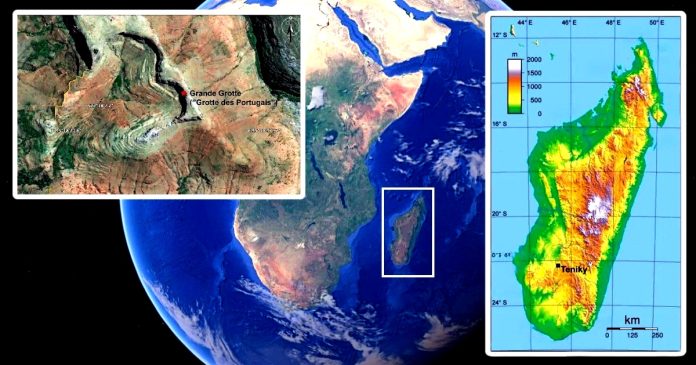The rock hewn structures at Teniky in southern Madagascar spark fascination with their elusive origins. Tucked away in the rugged Isalo National Park, this sprawling site covers nearly 8 square kilometers. It features enigmatic terraces, rock-cut niches, stone basins, and carved sandstone walls. Researchers claim these date to the late 10th to mid-12th centuries AD. Yet, the mystery persists. Can these dates truly pinpoint when the niches or boulders were carved? Guided by Guido Schreurs from the University of Bern, excavations in 2021 and 2022 uncovered clues. These clues include imported ceramics and charcoal. However, the timing of the rock hewn enigmas remains uncertain. This uncertainty fuels debates about who crafted them and why.
Unraveling Teniky’s Cryptic Architecture
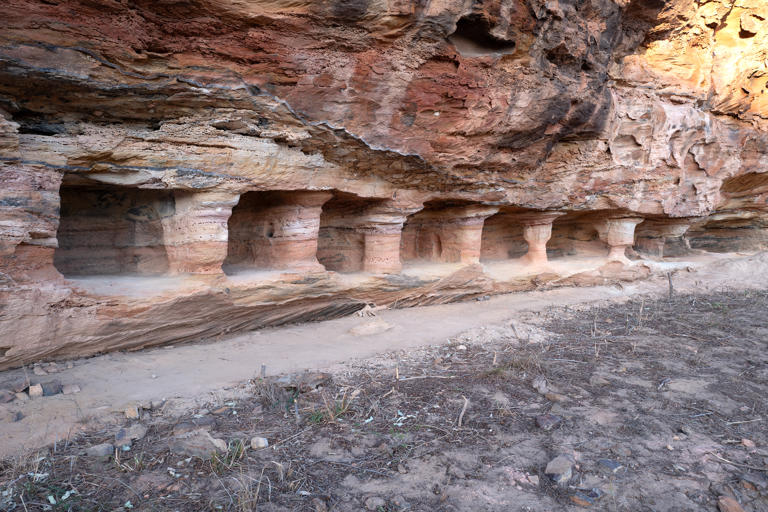
Teniky’s rock hewn structures captivate due to their remote setting & their rock hewn nature. Their intricate design adds to the intrigue. The site boasts the Grande Grotte, a rock shelter with sandstone walls. Another gem is the Petit Grotte, a chamber with carved pillars and benches. Niches of varying sizes dot the cliffs. Some have recesses hinting at sealable openings. Others appear eroded or unfinished. Charcoal found near sandstone walls suggests activity around 1000 years ago. Yet, this may not mark when the niches were cut. A hill 2.5 kilometers west reveals more terraces and niches. Sandstone quarries and dry-stone walls lie in the Sahanafo Valley. These span roughly 30 hectares, suggesting a significant settlement.
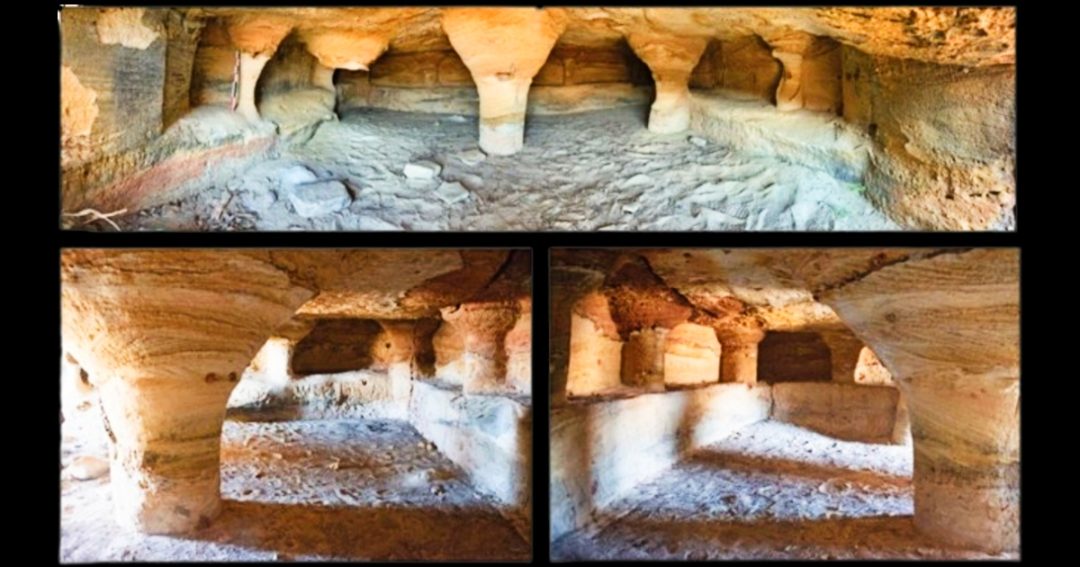
The effort behind these structures astounds experts. Terraces stretch up to 1200 square meters. Dry stone walls reach 2 meters high. Carving niches into cliffs demanded skill. Two conglomerate boulders, hollowed with recesses, stand on the slopes. Only similarity would be some of the lessor known rock hewn structures at Lalibela Ethiopia, nearly 2,000 miles away. The Grande Grotte’s inner wall extends 15 meters. It stands 3 meters tall with squared sandstone blocks. Some blocks show 19th-century graffiti. These features suggest a skilled community. But when did they carve the rock hewn enigmas? Sandstone platforms could postdate the niches. This possibility deepens the mystery.
The Zoroastrian Theory: A Tantalizing Clue?
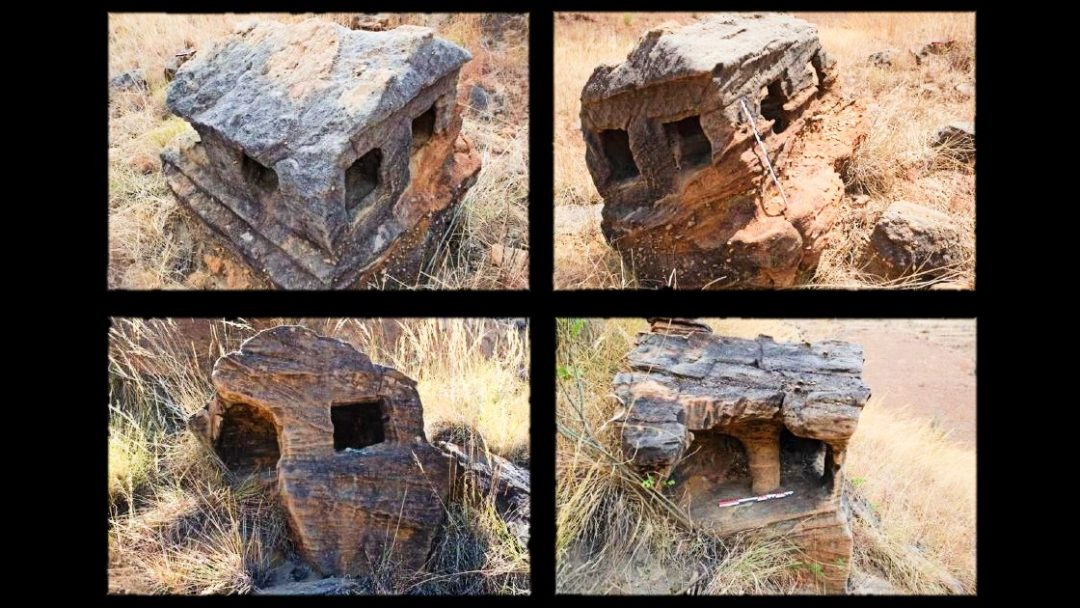
A bold hypothesis links Teniky’s rock hewn structures to Zoroastrian settlers from Persia. Similarities with niches in Iran’s Fars region, dated to the first millennium AD, inspire this idea. Zoroastrians expose bodies in dakhmas to avoid earth pollution. Bones then rest in ossuaries called astodans. At Teniky, larger niches might be dakhmas. Smaller ones with recesses could be astodans. Stone basins resemble Zoroastrian ritual tools for water or fire. A 10th-century Persian sailor, Buzurg Ibn Shahriyar, noted contacts with Madagascar. This hints at possible migration. Yet, the theory lacks solid proof.
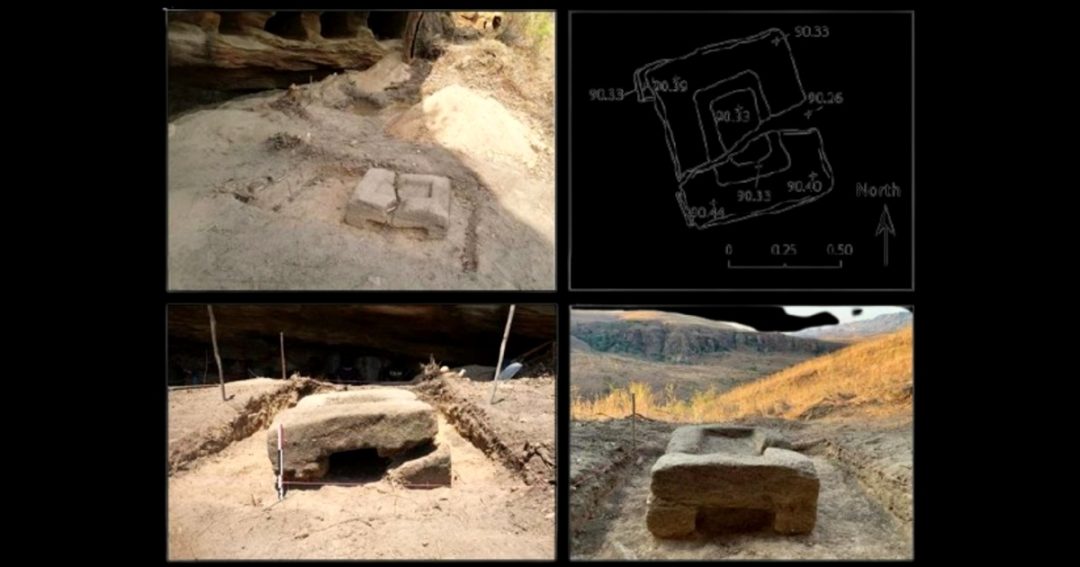
No human remains or Zoroastrian artifacts confirm this link. The site’s inland location, 200 kilometers from the coast, puzzles researchers. Why settle so far from trade routes? Some propose an initial coastal landing, perhaps at Sarodrano. From there, settlers may have moved inland. Imported ceramics from the 11th to 14th centuries suggest trade ties. But no other Zoroastrian sites exist on the island. The dates, based on charcoal near sandstone walls, may not reflect niche carving. Planned 2025 excavations seek clearer evidence. The rock hewn enigmas keep their secrets.
Dating Dilemmas and Historical Context
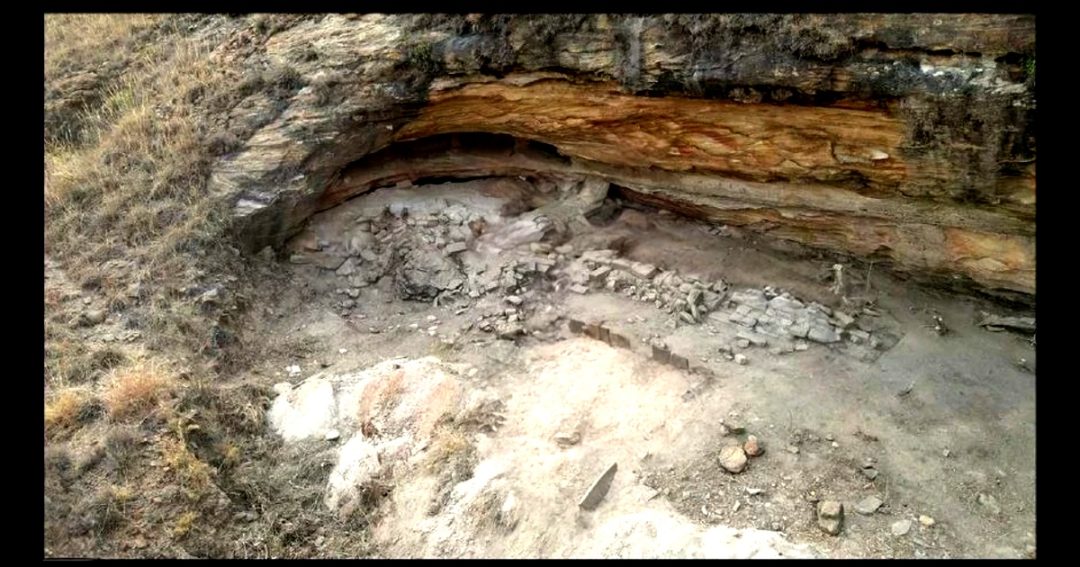
Madagascar’s settlement history adds depth to the rock hewn enigmas at Teniky. Genetic and archaeological data point to African and Asian roots. Settlement likely started in the mid- to late first millennium AD. Early sites like Velondriake suggest foragers arrived around 2000 BC. Teniky’s dated activity, is tied to the 10th to 12th centuries. But the dating method raises questions. Researchers used radiocarbon dating on charcoal. They found it near sandstone walls in Zone 1. This yields ages around 1000 years ago. Ceramics from the 11th to 14th centuries support this period.
Charcoal dating has limits. Fires could have burned at any time. Old wood or later fires might skew results. Sandstone platforms may have been added after the niches. This disconnects the dated walls from the rock hewn boulders. Stratigraphic layers link charcoal to human activity. Yet, the exact moment of carving remains elusive. The Mangoky River, navigable by small boats, may have aided inland travel. This connects Teniky to broader networks. Why the site was abandoned is unknown. Sakalava tombs, from the 19th century, postdate the main use. Looting and erosion threaten preservation.
Cultural Enigmas and Future Quests
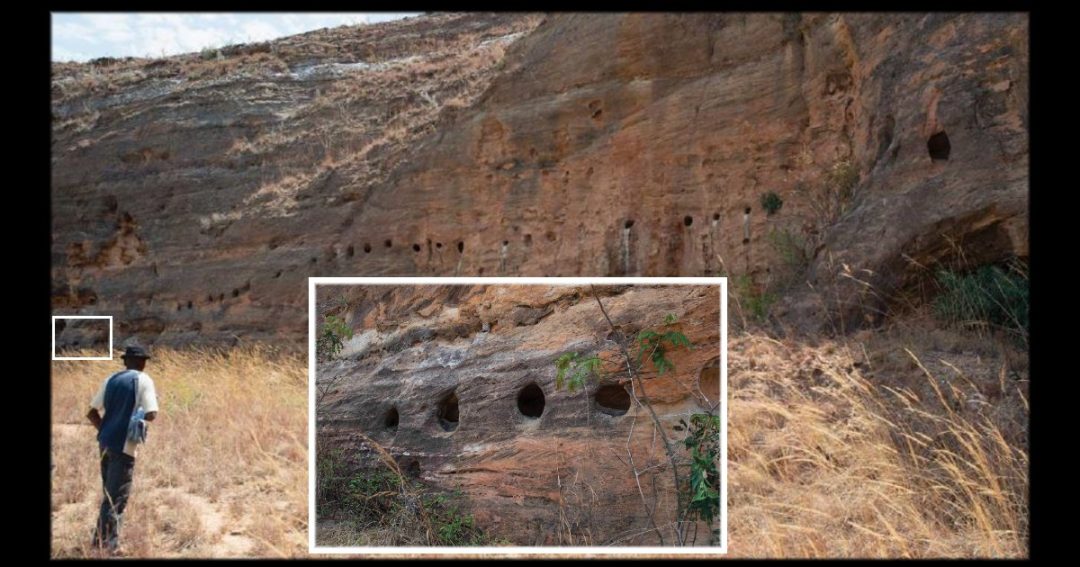
Teniky’s rock hewn structures offer a glimpse into a lost world. If Zoroastrian, they suggest Persian influence in the Indian Ocean. This could rewrite Madagascar’s history. Local and imported ceramics hint at a complex community. A group that traded with distant regions. The site challenges coastal-focused narratives. It points to a vibrant inland culture. Yet, the dating uncertainty keeps the mystery alive. When were the niches carved? Do the platforms align with the same era? These questions linger.
Future research will probe deeper. Where did settlers land on the coast? Why choose Teniky’s isolation? What led to abandonment? The 2025 excavations aim to find remains or ritual objects. These could support the necropolis idea. Protecting the site in Isalo National Park is urgent. As damage from looting grows. The rock hewn enigmas demand answers. Each dig can bring us closer to understanding.
Broader Mysteries and Ongoing Exploration

The rock hewn enigmas at Teniky suggest Madagascar as a cultural crossroads. The site links to Indian Ocean trade networks. It reflects a time of global exchange. Comparing Teniky with sites like Mahilaka could reveal ties. Pottery analysis might uncover connections. The dating challenge enhances the mystery. Charcoal ties to walls, not niches. This leaves the carving timeline vague. Advanced methods, like ground-penetrating radar, could map hidden structures.
Teniky’s isolation intrigues scholars. Most early sites hug coasts. This inland anomaly sparks curiosity. Trade routes or migration paths may emerge. These could reshape Madagascar’s past. The rock hewn structures showcase ingenuity. Their creation time however remains uncertain. This uncertainty fuels the enigma. Researchers plan collaborative efforts with expert international teams. The mystery of Teniky endures and invites bold exploration.
Conclusion
The rock hewn enigmas at Teniky stand as a captivating puzzle. They hint at a skilled, elusive society. Sandstone platforms may postdate the niches. Charcoal dates tie to walls, not carvings. This keeps the timeline mysterious. Whether Zoroastrian or local, Teniky fascinates. Its secrets await discovery. Future excavations will seek clarity. The site promises to deepen our view of Madagascar’s past.
Come back to Ancient History X for stories on the fringe of history.
Source

